|
In October 1999, Vimicro Corporation was founded in the Zhongguancun district of Beijing with a mission to develop digital multimedia chips.
When Vimicro was founded in 1999, its initial focus was on developing imaging processor chips, and the Internet had started to gain public acceptance and many Internet companies were emerging, however the functionality of the Internet was largely limited text. Multimedia content was still in an early stage. After a year of development, Vimicro released its first chip product in March 2001, an advanced imaging processor for the PC USB camera market, which put an end of the critique, "the Chinese silicon Valley has no chips".
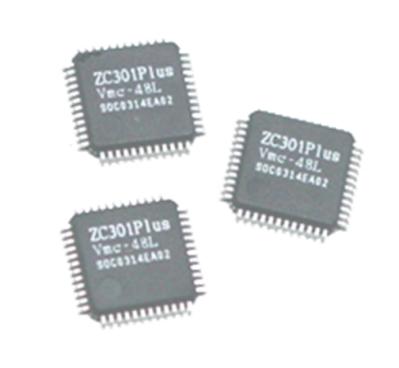
Later that year, Vimicro¡¯s chip was successfully adopted by Samsung and Philips in their system designs. In July 2001, Vimicro established subsidiaries in Shenzhen and Hong Kong and began comprehensive marketing of its products domestically and internationally.
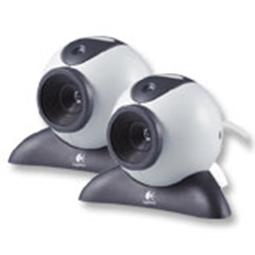
On November 8, 2001, Vimicro¡¯s PC multimedia chips received WHQL certification for Microsoft¡¯s Windows XP platform, being the first among Chinese chip vendors to receive this certification.

In September 2002, China Telecom launched a "High-speed Broadband Multimedia" alliance with participation from Microsoft, Sina, Alcatel, Huawei, ZTE, Dell, and Vimicro. Vimicro's broadband video communication chipset was also adopted by China Telecom as its designated platform solution. This means that the Internet had revolutionized narrowband communications, making video communications publicly known, as well as promoting Vimicro¡¯s "VXP" brand and giving high exposure to "Vimicro Inside".
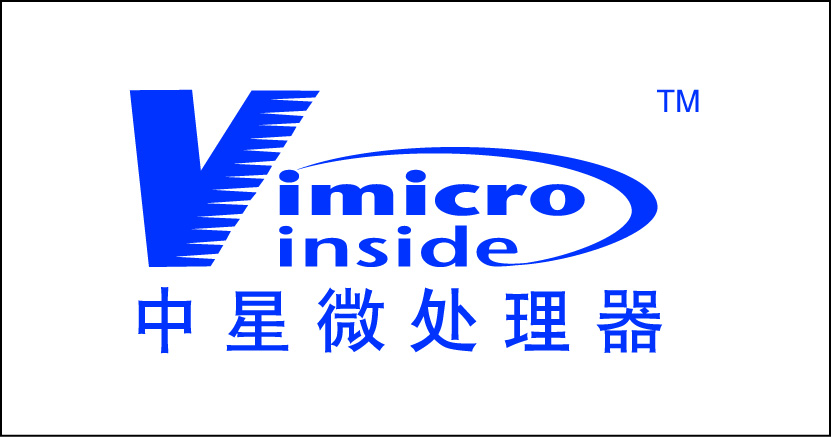
In May 2003, during the SARS epidemic, Xiaotangshan Hospital installed Vimicro¡¯s video communication VXP system. Vimicro¡¯s video-conferencing technology joined the front line in the fight against SARS.

In September 2003, the Microsoft-Vimicro Multimedia Technology Center was established in Beijing to develop next generation digital multimedia technology and applications. This strategic partnership between the two companies marked a new era. In October, Vimicro released its fifth chip product, the most advanced image processor for PC platform. The chip was widely adopted in new generations of cameras from vendors such as Logitech, Lenovo and Founder, and it also became China Telecom's only designated solution for a broad variety of video applications.

On December 28, 2003, China¡¯s Ministry for Information Industry (MII) and the Beijing municipal government held a joint event in Beijing¡¯s Great Hall of the People to celebrate the achievements of Vimicro multimedia chip products, which reached number one share in the PC USB camera processor market.
On November 15, 2005, Vimicro successfully completed its initial public offering (IPO) on the NASDAQ stock market, becoming the first fabless chip company from China listed on NASDAQ.
During the next two years, Vimicro carried out a series of marketing promotions. PC USB cameras became a standard PC accessory, and Vimicro achieved a 90% domestic market share.
On May 24, 2007, Vimicro and Microsoft China signed a memorandum of understanding to increase their joint efforts for further development in the digital multimedia market.

On June 12, 2007, Vimicro launched the most advanced to-date web camera processor, the VC0336, targeting attachable web cameras and laptop-embedded cameras. The VC0336 can stream video at 60 frames per second (fps) with a resolution of 0.3 megapixels, 30 fps with a resolution of 1.3 megapixels, and 20 fps with a resolution of 2.0 megapixels.
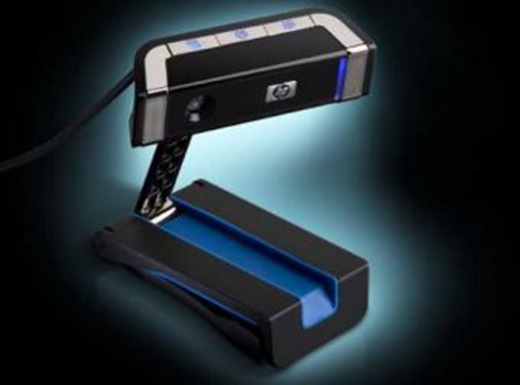 
On April, 1 2008, Vimicro announced that it has shipped more than 5 million VC0336 web camera embedded processors, the most advanced web camera processor in the market, for high-end notebook PCs.

In September 2008, Vimicro begin to collaborate with PC market leader Lenovo, first putting an embedded camera in an All-In-One (AIO) machine, then developing healthcare applications, as well as detecting and measuring the distance to the face and environmental luminance through an embedded PC camera.
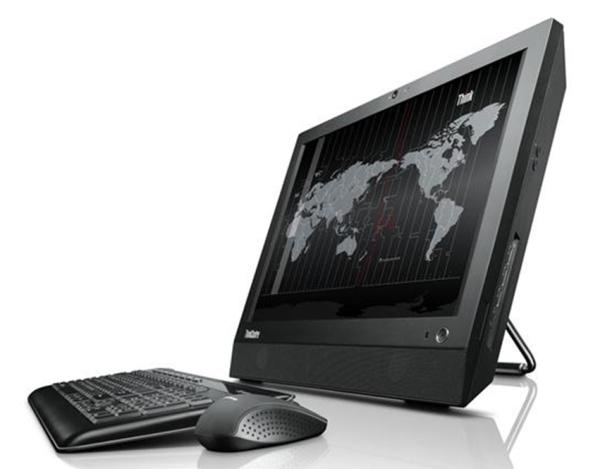 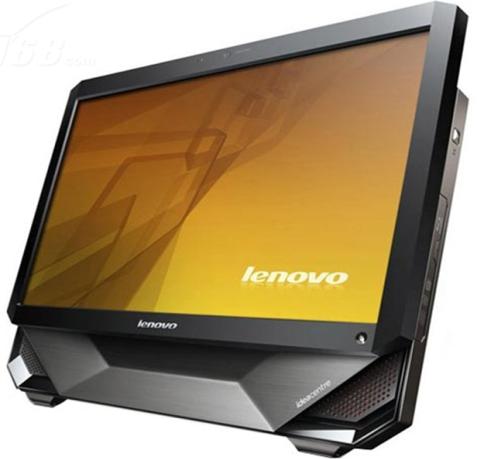
In 2010, the face distance and environmental luminance detection functions are very successful in the market, triggering innovations in camera design, such as 3D cameras, camera touch technology, face recognition and certification, and others.
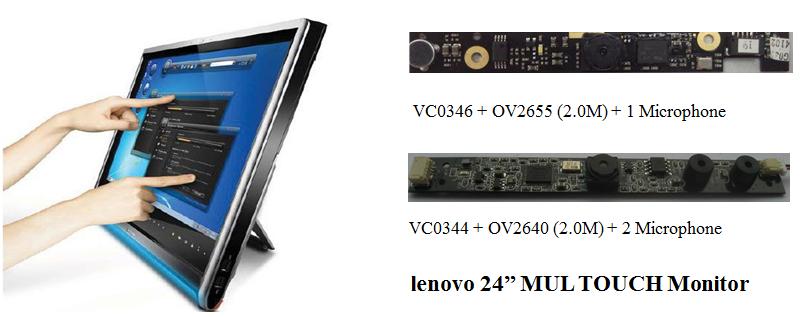
Increasing acceptance of PAD, smartphones, and smart terminals means higher requirements for smart cameras. To meet low power-consumption and portability requirements, Vimicro has developed a new complete generation of intelligent multimedia processing chips, such as the VC3809, which opened a new chapter in the era of smart cameras.
|